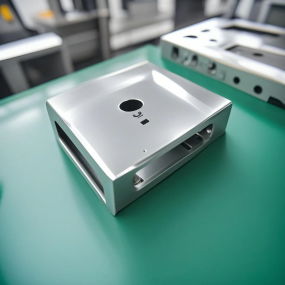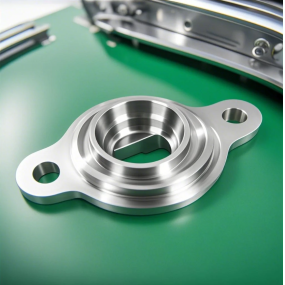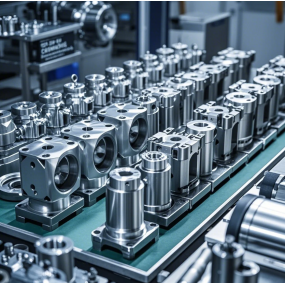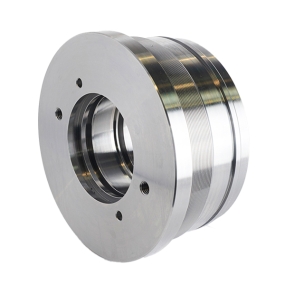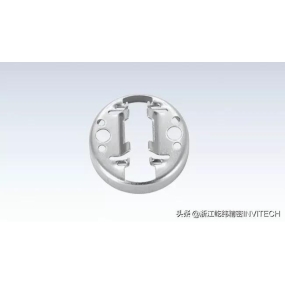In the field of precision machining, carbon steel is widely used, such as rivets, bolts, chains, pins, cutting tools, molds, measuring tools, precision accessories, etc. Carbon steel precision machining manufacturers must clearly distinguish the types and applications of carbon steel, as different grades and materials have different characteristics. Only by matching them can we achieve satisfactory products for customers. As a Shenzhen EMAR Precision Technology with long experience in carbon steel precision machining, we have compiled a list of common carbon steel grades and their applications on the market, as well as the classification of carbon steel that we often use. We hope this can help you take a look together. Firstly, let's take a look at the grades and corresponding uses of carbon steel:
1、 Grade and Application of Carbon Steel
1. Ordinary carbon steel: Carbon steel is divided into 5 grades according to the yield strength of the steel: Q195, Q215, Q235, Q255, Q275. Each grade is divided into A, B, C, and D grades due to different qualities. Q195, Q215, and Q235 have good plasticity and can be rolled into steel plates, steel bars, steel pipes, etc; Q255,&# 8194 can be rolled into formed steel, steel plates, etc;
2. High quality carbon structural steel: Steel grade is represented by the average mass fraction of carbon in ten thousand. Such as 20 #, 45 #, etc. 20 # represents a C: 0.20% (20/10000) content. Purpose: Mainly used for manufacturing various machine parts;
3. Carbon tool steel: The steel grade is represented by the average mass fraction of carbon and prefixed with T. Such as T9, T12, etc. T9 represents a C: 0.9% (9 parts per thousand) content. Purpose: Mainly used for manufacturing various cutting tools, measuring tools, molds, etc; 4. Cast steel: The cast steel grade is prefixed with ZG before the number, which represents the average mass fraction in the steel (expressed in tens of thousands of parts). Like ZG25, it represents a C: 0.25% content. Purpose: Mainly used for manufacturing parts with complex shapes that require certain strength, plasticity, and toughness, such as gears, couplings, etc.
2、 Classification of Carbon Steel
1. According to the quality of steel (mainly the content of impurities such as sulfur and phosphorus):
Ordinary carbon steel (S 0.055%, P 0.045%)
High quality carbon steel (S 0.040%, P 0.040%)
High quality carbon steel (S 0.030%, P 0.035%)
2. According to the percentage of carbon content:
Low carbon steel (C: 0.25%), also known as soft steel, is easy to accept various processing such as forging, welding, and cutting. It is commonly used in the manufacture of chains, rivets, bolts, shafts, etc.
Medium carbon steel (C: 0.25% < C 0.6%) has various products such as killed steel, semi killed steel, boiling steel, etc. In addition to carbon, it may also contain a small amount of manganese (0.70% to 1.20%). According to product quality, it is divided into ordinary carbon structural steel and high-quality carbon structural steel. Good thermal processing and cutting performance, but poor welding performance. Strength and hardness are higher than low carbon steel, while plasticity and toughness are lower than low carbon steel. Hot rolled and cold drawn materials can be used directly without heat treatment, or they can be used after heat treatment. The quenched and tempered medium carbon steel has good comprehensive mechanical properties. The highest achievable hardness is about HB538, and the tensile strength σ b is 600-1100MPa. So among various applications with moderate strength, medium carbon steel is the most widely used, not only as a building material, but also extensively used in the manufacture of various mechanical parts.
High carbon steel (C:>0.6%) is commonly referred to as tool steel, with a carbon content ranging from over 0.60% to 1.70%, and can be quenched and tempered. Hammer, pry bar, etc. are made of steel with a carbon content of 0.75%; Cutting tools such as drill bits, wire taps, reamers, etc. are made of steel with a carbon content of 0.90% to 1.00%.
The higher the carbon content, the greater the hardness and strength, but the plasticity decreases (in addition, iron carbon alloys with a carbon content of 2.1% to 4.5% are generally referred to as cast iron)
3. Classified by purpose:
Carbon structural steel: mainly used for bridges, ships, building components, machine parts, etc;
Carbon tool steel: mainly used for cutting tools, molds, measuring tools, etc
Whether it is product research and development or product processing, different grades of steel with unique characteristics should choose corresponding processing techniques to ensure that users can rest assured. EMAR Precision Technology Co., Ltd. strictly follows user needs for high-precision processing of carbon steel, and its products cover multiple industries and fields, with multiple types of high-precision CNC Machining equipment (mainly including CNC lathes, milling machines, machining centers, CNC walking machines, cutting machines, turning milling composite machining centers, etc.), providing complete product matching services and complete solution services to users.


 Spanish
Spanish Arabic
Arabic French
French Portuguese
Portuguese Belarusian
Belarusian Japanese
Japanese Russian
Russian Malay
Malay Icelandic
Icelandic Bulgarian
Bulgarian Azerbaijani
Azerbaijani Estonian
Estonian Irish
Irish Polish
Polish Persian
Persian Boolean
Boolean Danish
Danish German
German Filipino
Filipino Finnish
Finnish Korean
Korean Dutch
Dutch Galician
Galician Catalan
Catalan Czech
Czech Croatian
Croatian Latin
Latin Latvian
Latvian Romanian
Romanian Maltese
Maltese Macedonian
Macedonian Norwegian
Norwegian Swedish
Swedish Serbian
Serbian Slovak
Slovak Slovenian
Slovenian Swahili
Swahili Thai
Thai Turkish
Turkish Welsh
Welsh Urdu
Urdu Ukrainian
Ukrainian Greek
Greek Hungarian
Hungarian Italian
Italian Yiddish
Yiddish Indonesian
Indonesian Vietnamese
Vietnamese Haitian Creole
Haitian Creole Spanish Basque
Spanish Basque


